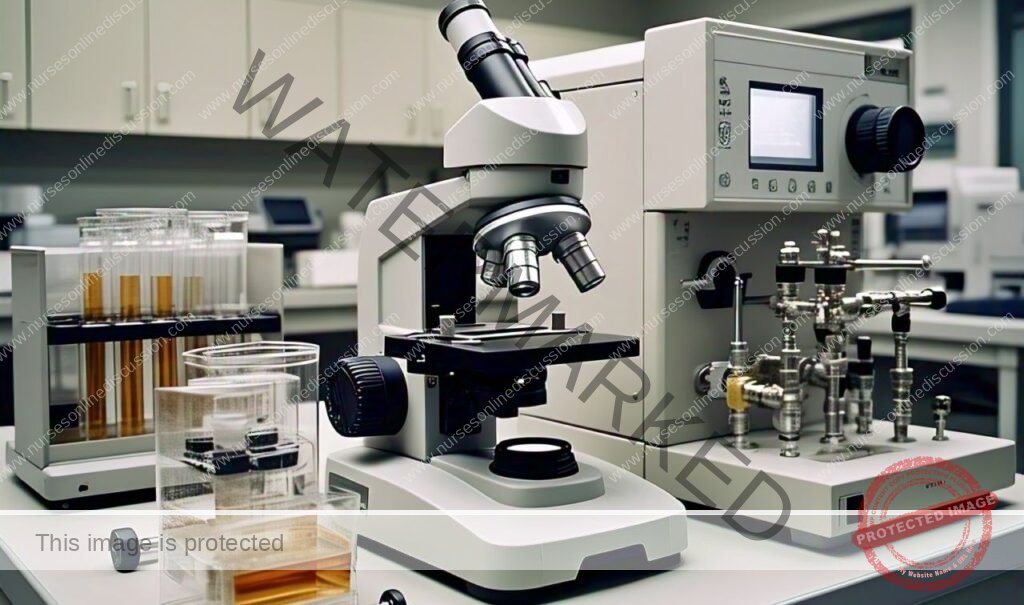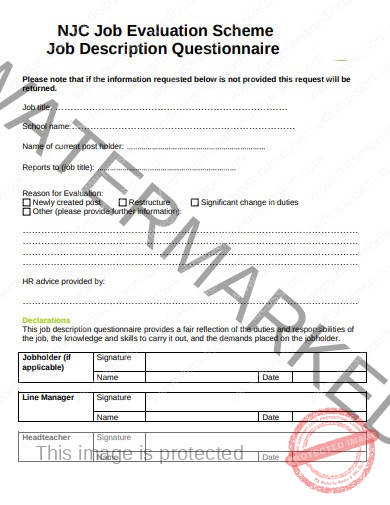Writing a research proposal and report
Subtopic:
Research instruments

Research instruments
Research instruments are essential tools for collecting data in research. The choice of instrument depends on the research objectives and the type of data needed. Here’s a comprehensive overview of research instruments, based on the sources:
Types of Research Instruments
- Questionnaires: These are sets of written questions to which respondents provide answers.
- They are useful for gathering data from a large number of respondents, even those who are geographically dispersed.
- Respondents can complete questionnaires at their own pace, making it convenient for them.
- Questionnaires are relatively quick for collecting data, saving time for the researcher.
- However, questionnaires can be inflexible, limiting the types of answers and how respondents approach them.
- They may also have low response rates and can be delayed in reaching respondents.
- A good questionnaire is brief and attractive, starting with simple questions that follow a logical sequence.
- It should have a title, the researcher’s contact information, an introduction explaining the study, instructions for filling it out, and should use simple, clear language.
- Questions can be open-ended, closed-ended, ranking-order, or quantity-based.
- Interview Guides/Schedules: These are structured or unstructured conversations between the researcher and the participant.
- They allow for a higher response rate compared to questionnaires and can be used with non-literate populations.
- Researchers can probe for more detailed answers, observe nonverbal cues, and control the pace of the interview.
- Interviews can be expensive and time-consuming, especially with a large, dispersed population.
- They are also prone to bias and offer less anonymity than other methods.
- The researcher must accommodate the respondent’s schedule.
- There are two types of interviews: structured (formal), which use standardized questions, and unstructured (informal), which use a framework of key points.
- Observation Schedules/Checklists: These are tools used by researchers to record data while watching events or activities.
- Observation provides reliable first-hand information, allowing for recording behavior at the time it occurs.
- Researchers can clarify questions on the spot and gather detailed information using their five senses.
- However, respondents might alter their behavior if they know they are being observed.
- Observation is time-consuming, sometimes expensive, and cannot be used to observe past events.
- The method is also highly influenced by the observer’s weaknesses.
- There are different types of observation including participant observation, non-participant/naturalistic observation, and structured and non-structured observation.
- Tests: These instruments are used to assess achievement or intelligence, especially in educational research.
- Focus Group Discussions (FGDs): This is a participative method where a moderator facilitates a discussion among a homogenous group.
- Diaries: These are used for recording events, providing data about work patterns. A disadvantage is that people tend to record only favorable behavior.
Choosing a Research Instrument
- The choice depends on the accuracy of information, practical considerations (time, resources), response rate, and the geographical area to be covered.
- Data collection methods are broadly divided into qualitative and quantitative methods.
- Quantitative methods include surveys, questionnaires, and standardized tests and are analyzed statistically.
- Qualitative methods include individual or group interviews, focus group discussions, and observations.
Validity and Reliability of Research Instruments
- Validity refers to how accurately an instrument measures what it is intended to measure.
- Face validity is whether the instrument appears to measure what it is supposed to measure.
- Content validity relies on established theories and whether the instrument covers all aspects of the construct.
- Criterion-related validity measures how well an instrument correlates with existing measures.
- Construct validity measures how well a test conforms to theoretical constructs.
- Reliability refers to the consistency of the instrument’s measurements. This can be assessed by pre-testing the instrument on a group similar to the target population.
- Accuracy is the degree to which a variable represents what it is intended to represent. It is assessed by comparison to a reference standard.
- Precision is the degree to which a variable produces the same value with repeated measures.
By using the right instrument, researchers can gather accurate and reliable data to answer their research questions.

Get in Touch
(+256) 790 036 252
(+256) 748 324 644
Info@nursesonlinediscussion.com
Kampala ,Uganda
© 2025 Nurses online discussion. All Rights Reserved Design & Developed by Opensigma.co
×

